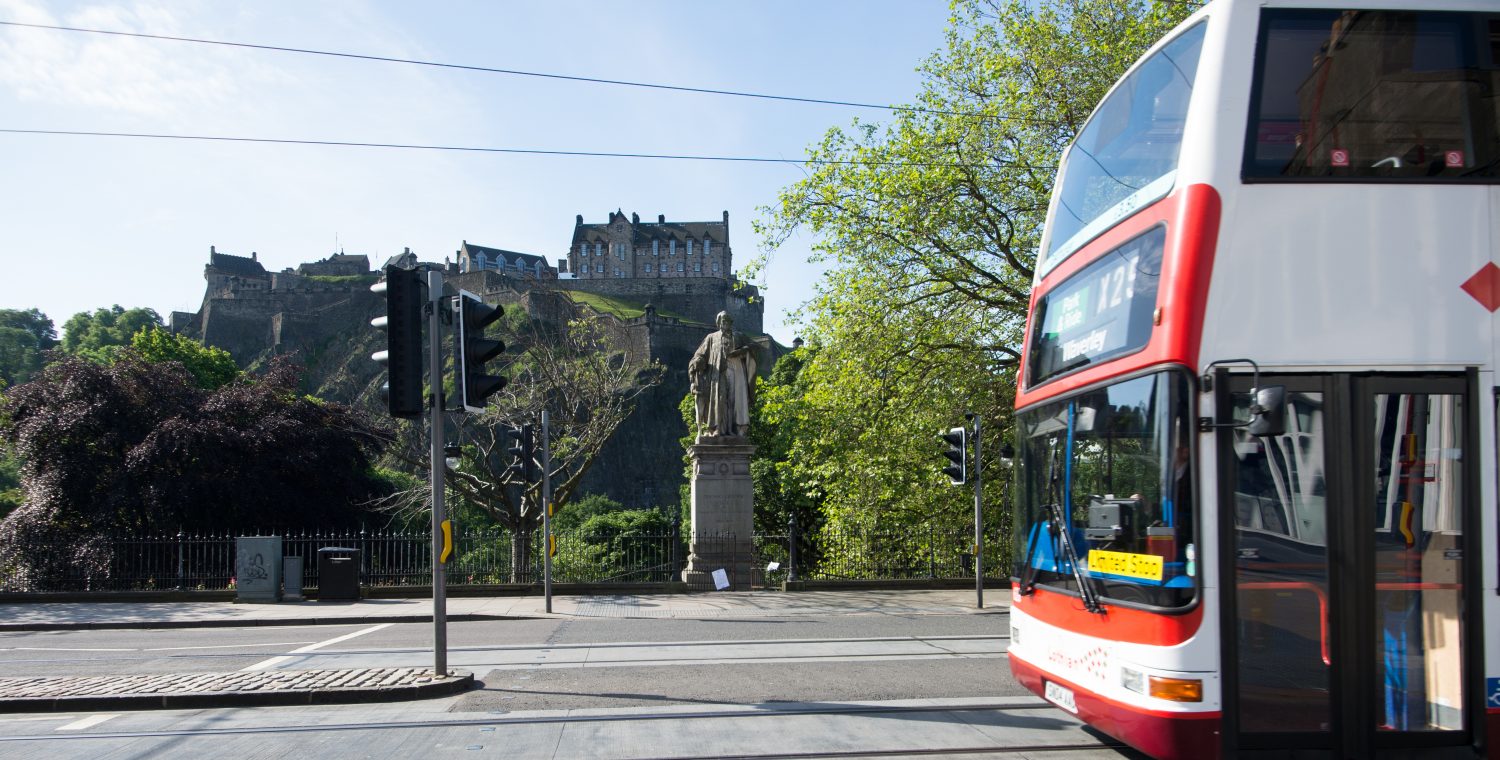
Abstract: This paper aims to offer novel empirical evidence as to the identification of the most effective Trigger Speeds (TS) for Vehicle-Activated Signs (VAS) in rural areas. To achieve this, an experimental study was carried out in the area of Scottish Borders, UK, in settlements with 20 mph speed limits. To determine the effective trigger speeds for VAS, in terms of reducing vehicle speeds, a comparative quantitative analysis was conducted using traffic and speed data collected during different waves of a traffic survey, for which various TS settings were deployed (24 mph, 28 mph and 35 mph). The descriptive analysis showed that the 24 mph TS threshold seems to be more effective compared to the other TS settings considered, mainly in terms of reducing the 85th percentile speeds. The 28 mph threshold was identified to yield slightly lower mean speeds compared to the other TS settings. Non[1]parametric and parametric statistical tests were conducted on the basis of approximately 2.8 million speed observations to identify any statistically significant speed differences under various TS settings. Overall, the findings of this study show that the application of VAS in addition to 20 mph speed limits helps reduce vehicle speeds. In particular, setting a TS to remind drivers, especially those driving between 21–24 mph, that they should slow down has led to statistically significant reductions in speeds driven. This provides road safety benefits both from the reduction in kinetic energy in the transport system, any consequent crash-related outcomes, and also by improving perceived safety for all who use and live close to roads where 20 mph speed limits augmented with VAS have been implemented.
See paper here: Effective Trigger Speeds for Vehicle Activated Signs on 20 mph Roads in Rural Areas

Leave a Reply
You must be logged in to post a comment.